AATA Blog
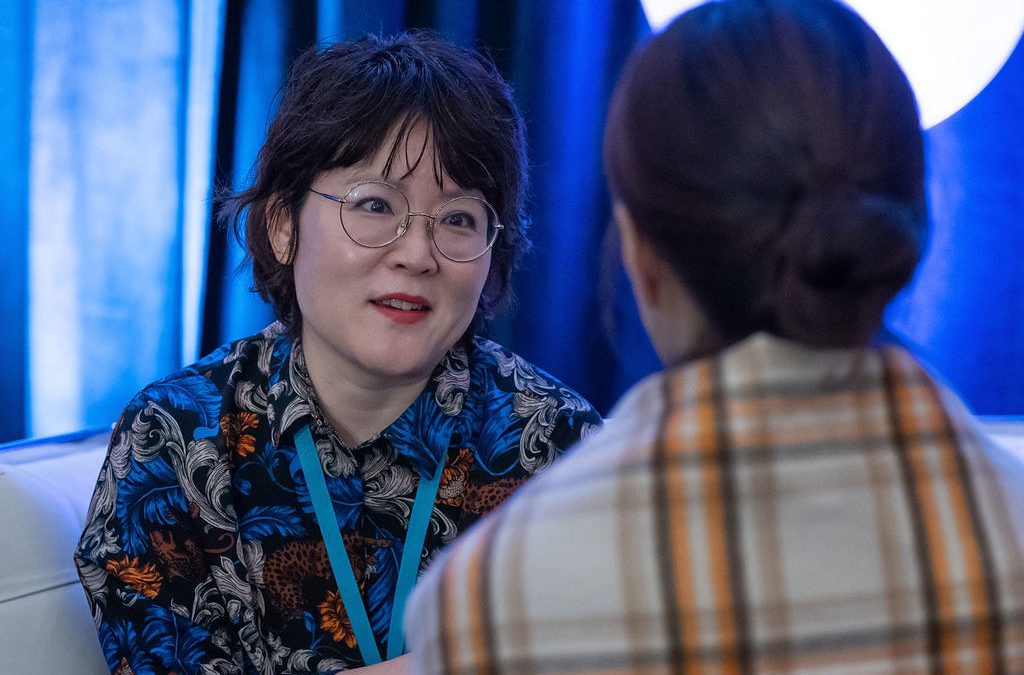
Announcing a New Mentor Match Cohort for 2026!
Whether you’re just entering the art therapy field or looking for a new career direction – a mentor may be able to help you.
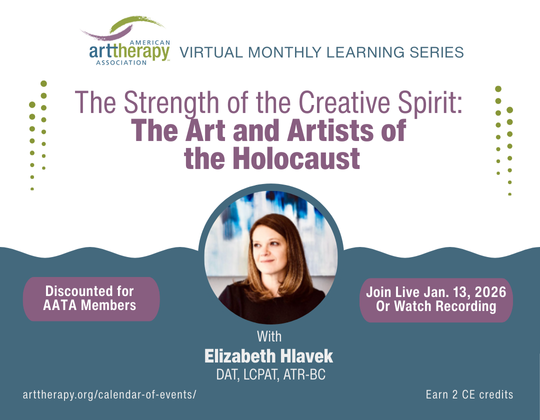
Join Us for a Virtual CE Event on Art During the Holocaust, Jan 13
Join us for AATA’s first virtual Continuing Education session of the year, The Strength of the Creative Spirit: The Art and Artists of the Holocaust with Elizabeth Hlavek, DAT, LCPAT, ATR-BC, which will explore the art of the Holocaust as a phenomenon.
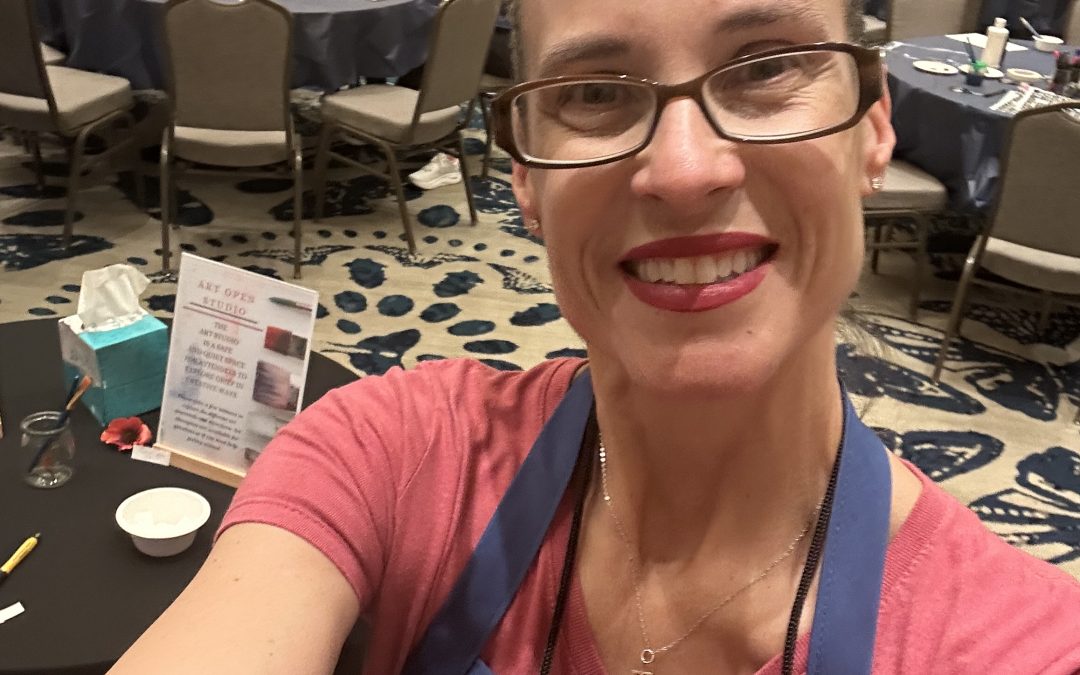
Featured Member: Jenna Michalik Preston
“I am currently running for Congress to advocate for mental health. Throughout my nearly 30-year career, I witnessed that mental health issues (depression, anxiety, trauma, addiction, etc) do not discriminate based on political affiliation. I believe the country is in need of leaders that possess the unique skills we have as therapists to listen with compassion, treat people without judgement or discrimination, and help to make lives better in all those we serve.”
Featured Member: Alexandria Parker
November 22, 2025The American Art Therapy Association represents a diversity of professionals, students, and organizations across the nation. We recognize and celebrate the work of our members at all levels through our Featured Member series. Today, we caught up with...
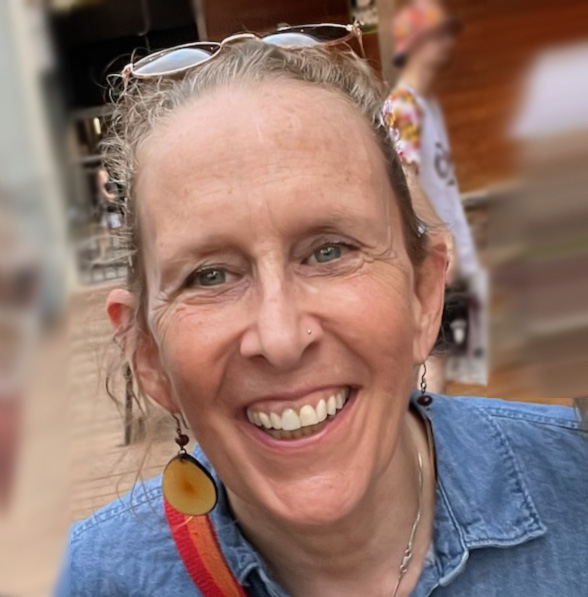
Featured Member: Rebecca Wilkinson
“Working with people with severe mental illness has taught me to appreciate the range of human strengths and experiences in the midst of challenges.”
— Rebecca Wilkinson, MA, ATR-BC, LPC, LCPAT
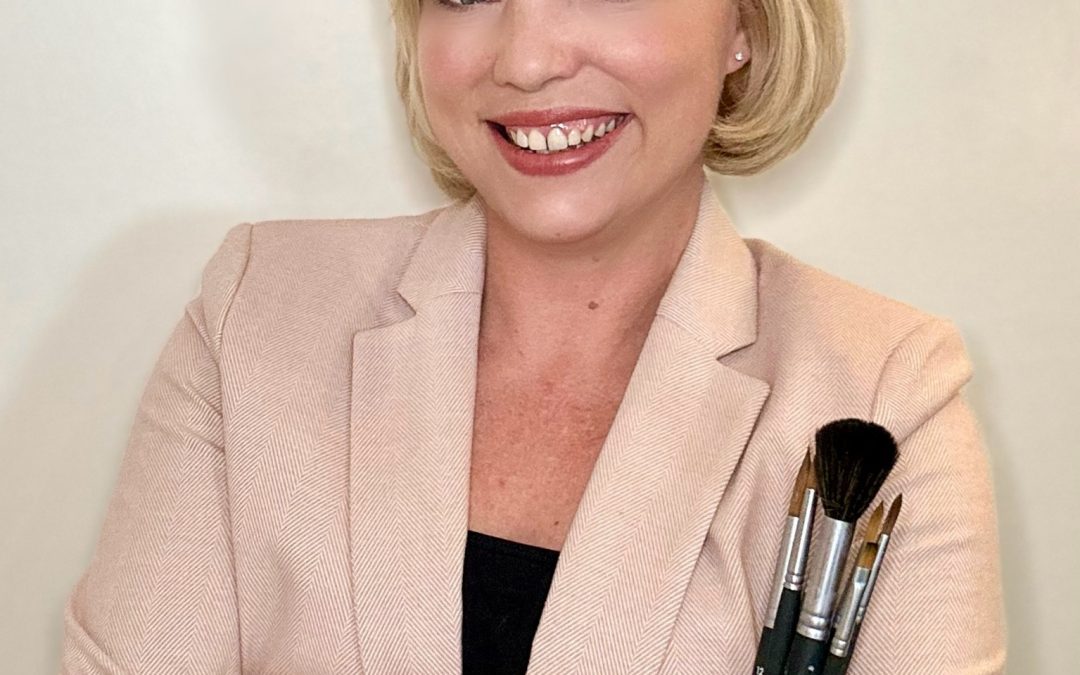
Featured Member: Alicia Seymour
“I would love to see the field continue to build recognition in the wider public. I meet so many people who have never heard of art therapy. They are always so curious and excited to learn we exist.” – Alicia Seymour
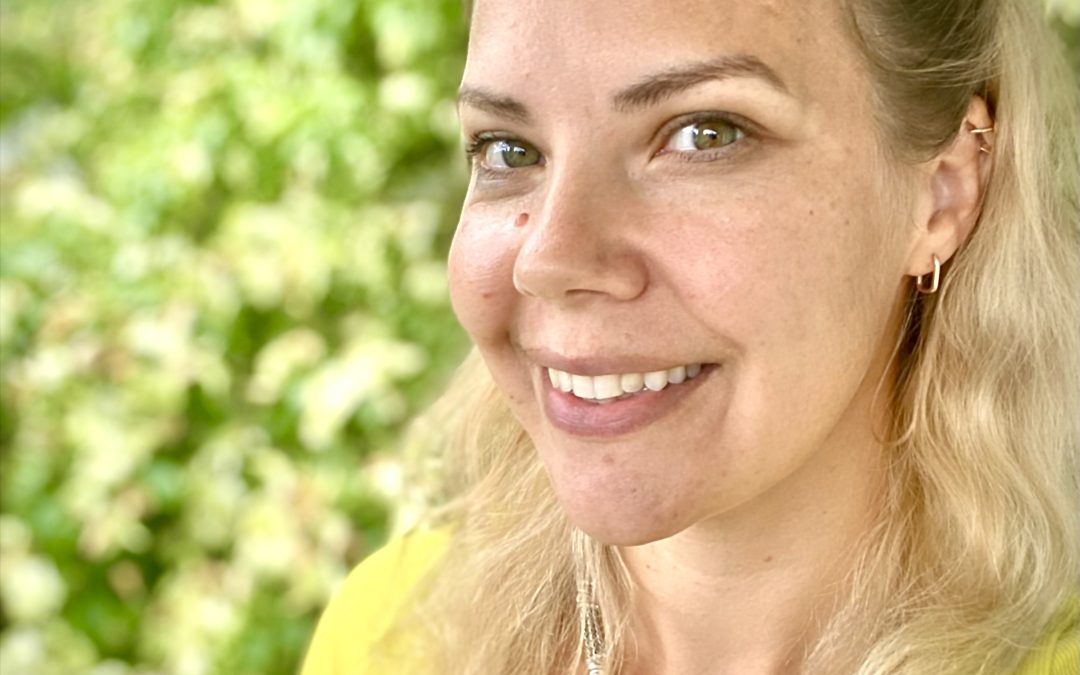
Featured Member: Katie Kapugi
“I would encourage art therapists to keep advocating and that the more we do this, the more accepted it will be, and the more accessible training will be as demand continues to rise.” — Katie Kapugi

7 Facts About Art Therapy to Know on Veterans Day
November 11, 2025 – For art therapists, Veterans Day serves as an opportunity to raise awareness about the mental health of veterans and service members.
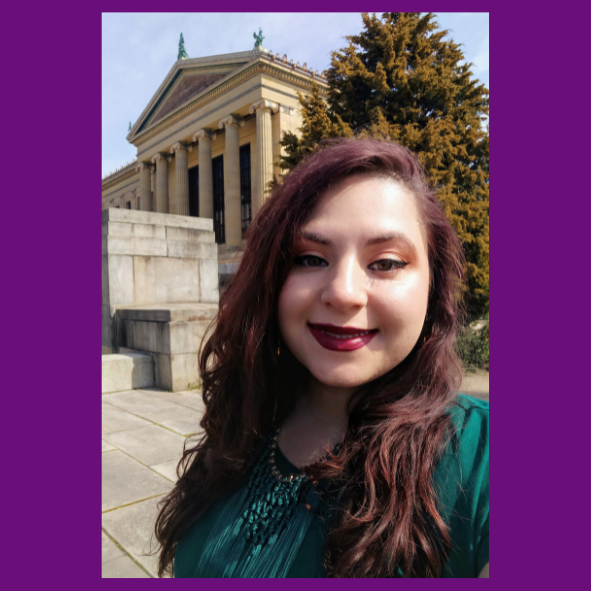
Featured Member: Irene Silva
“There are so many talented art therapist’s I have met along my journey and I am so proud to be a part of this group in making small differences with huge impacts.”
– Irene Silva
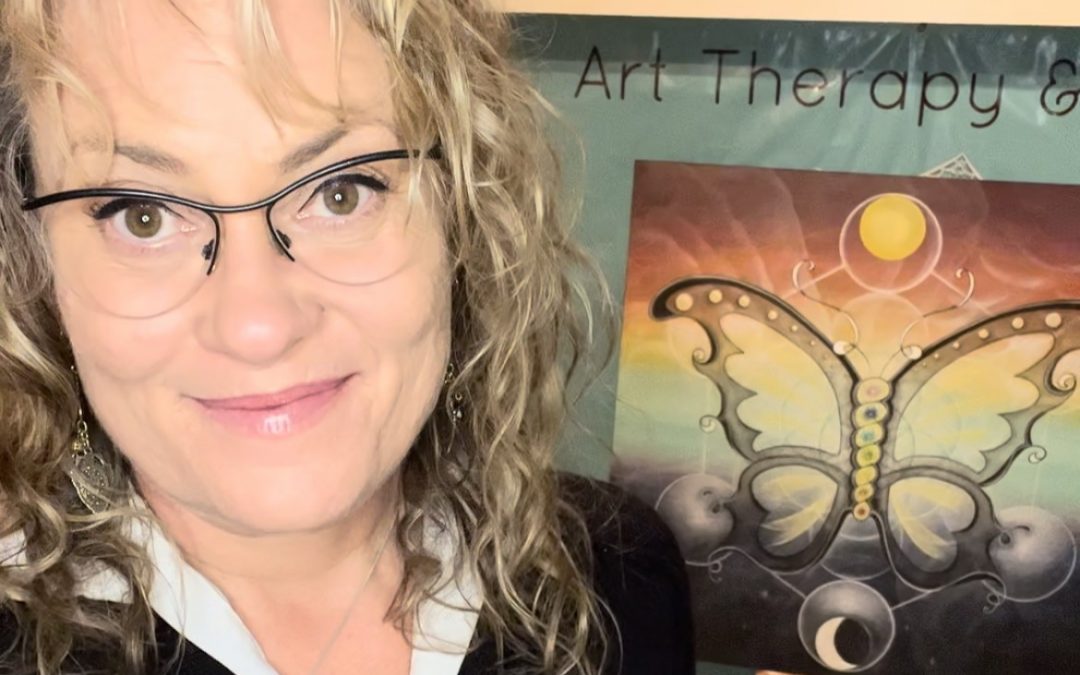
Featured Member: Charmaine Husum
“My hopes for the profession of art therapy is that it be recognized for the gold standard of psychotherapy that it is.”
— Charmaine Husum
